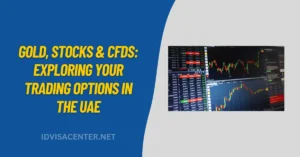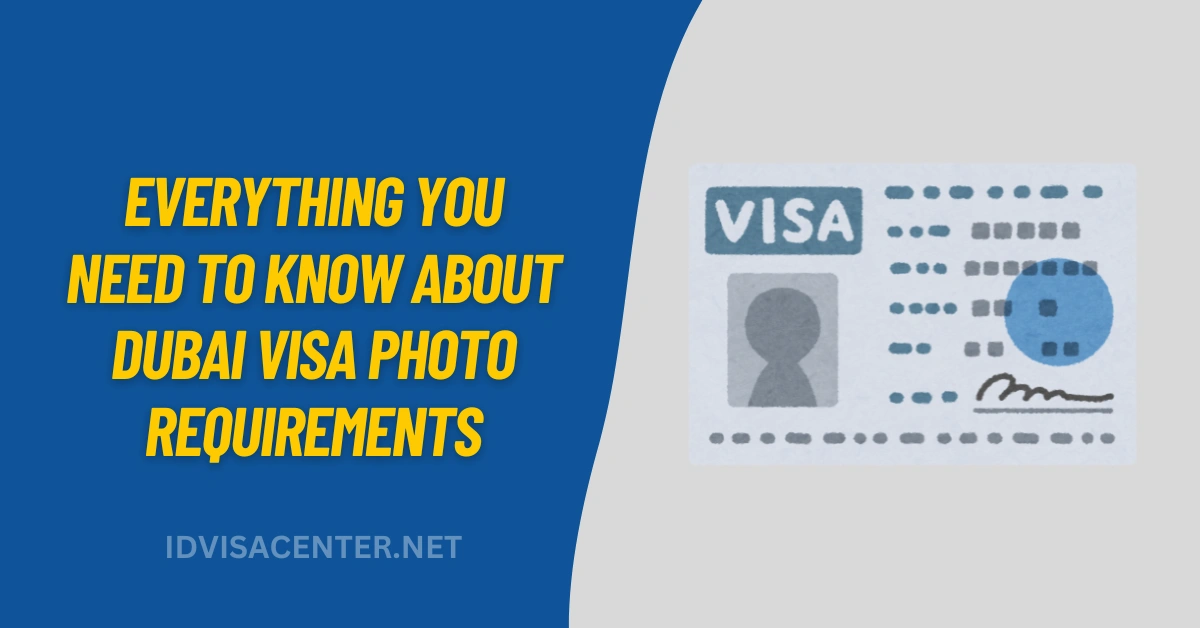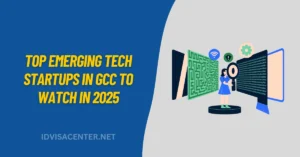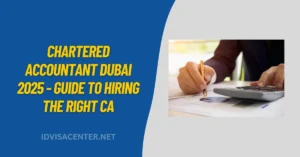The Role of Mega-Projects in Shaping the Future of the UAE Real Estate Market
Urban development in the United Arab Emirates has reached a new scale in recent years. Entire districts are being planned and built to accommodate demographic growth, economic diversification, and international investment. The Dubai Islands project is one of the most prominent examples, reflecting how large-scale construction is reshaping both the urban structure and the investment landscape of the country.
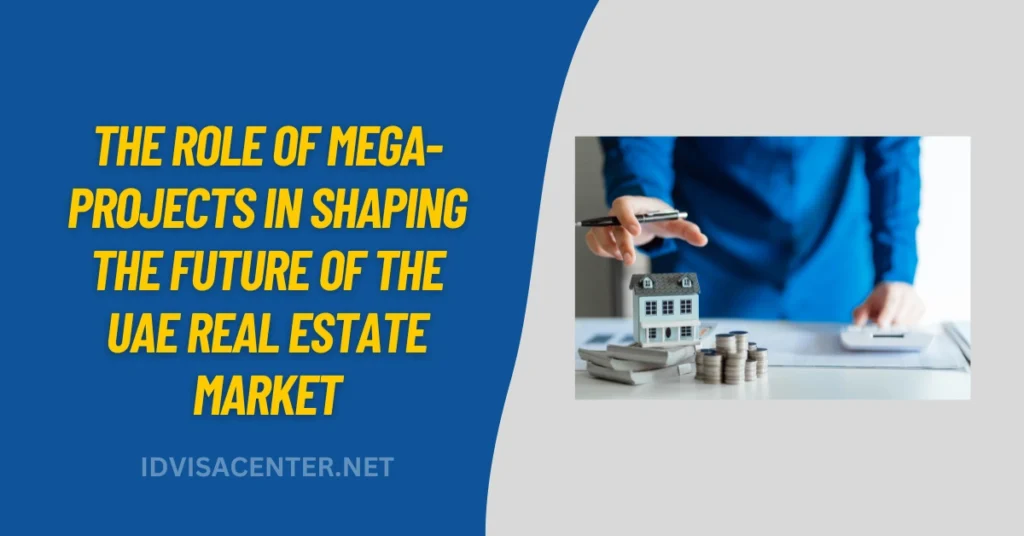
From Landmarks to Masterplans
In the 2000s, the UAE became known for single landmark developments such as skyscrapers, artificial islands, and luxury hotels. Today, the focus has shifted toward masterplans that integrate residential, commercial, leisure, and cultural functions. These larger frameworks are designed to create complete urban environments rather than isolated projects.
For investors, this shift means that opportunities are increasingly tied to districts with long-term infrastructure planning, transport links, and social facilities, rather than individual buildings alone.
Branded Residences and Market Diversification
One segment gaining visibility in the UAE is branded residences. These are projects developed in cooperation with international design or lifestyle companies, often aimed at differentiating supply in a competitive market. Examples include Natuzzi Harmony Residences along with other branded developments across Dubai and Abu Dhabi. Their emergence reflects a trend toward diversified housing options within large urban projects.
Strategic Role of Mega-Projects
Mega-projects in the UAE are closely linked to national development strategies. Policies such as Vision 2030 in Abu Dhabi and Dubai’s urban masterplans aim to reduce reliance on hydrocarbons and strengthen other sectors including tourism, logistics, and real estate.
Projects like Dubai Islands expand the supply of coastal property, while in Abu Dhabi cultural clusters such as Saadiyat Island underline a parallel focus on museums and education. In Sharjah, large-scale cultural and residential initiatives play a similar role in regional diversification.
Policy Measures and Investor Access
Government regulation has made the UAE one of the most accessible real estate markets for foreign buyers. Measures include long-term residency linked to property purchases, simplified procedures for ownership by non-nationals, and digital property registration systems.
Such policies ensure that large-scale developments are aligned with broader economic objectives, which reduces uncertainty for investors and positions real estate as a stable long-term asset class.
Lifestyle and Sustainability Dimensions
Recent projects also place more emphasis on liveability and sustainability. Mixed-use districts integrate residential space with schools, healthcare, and employment opportunities. Developers include green zones, renewable energy components, and improved public transport connections.
These changes reflect both local planning priorities and global trends in urban development, where environmental considerations and quality-of-life metrics are increasingly important for long-term demand.
Global Comparisons
Large urban projects are not unique to the UAE. Singapore, for example, continues to expand through land reclamation, while Saudi Arabia has announced its NEOM initiative. The UAE distinguishes itself by combining ambitious planning with relatively fast implementation and visible progress on construction.
Within this context, residential developments such as Natuzzi Harmony Residences and district-scale initiatives like the dubai islands project represent the broader pattern of positioning the UAE as a regional hub for real estate and investment.
Risks and Market Considerations
Despite the opportunities, large-scale construction carries risks. Oversupply can occur when too many units reach the market simultaneously. Global economic conditions, including oil price fluctuations and international interest rate trends, also influence demand.
Investors are advised to evaluate not only the profile of specific projects but also their location, connectivity, and alignment with demographic growth.
Outlook for the Next Decade
Mega-projects are expected to remain central to the UAE’s economic diversification plans. Technology such as blockchain property records and smart city infrastructure will continue to be integrated into new districts. Sustainability requirements are also likely to become stricter, with renewable energy and resource management featuring prominently in new designs.
The role of large-scale projects will therefore extend beyond construction, functioning as instruments of economic policy and long-term planning.
The UAE real estate sector is shifting from individual landmarks toward integrated mega-projects designed to support long-term growth. The dubai islands project exemplifies this approach, while branded residential schemes such as Natuzzi Harmony Residences illustrate diversification within the housing market. Together, these initiatives show how real estate development is being used as a tool for economic transformation and urban planning in the region.

